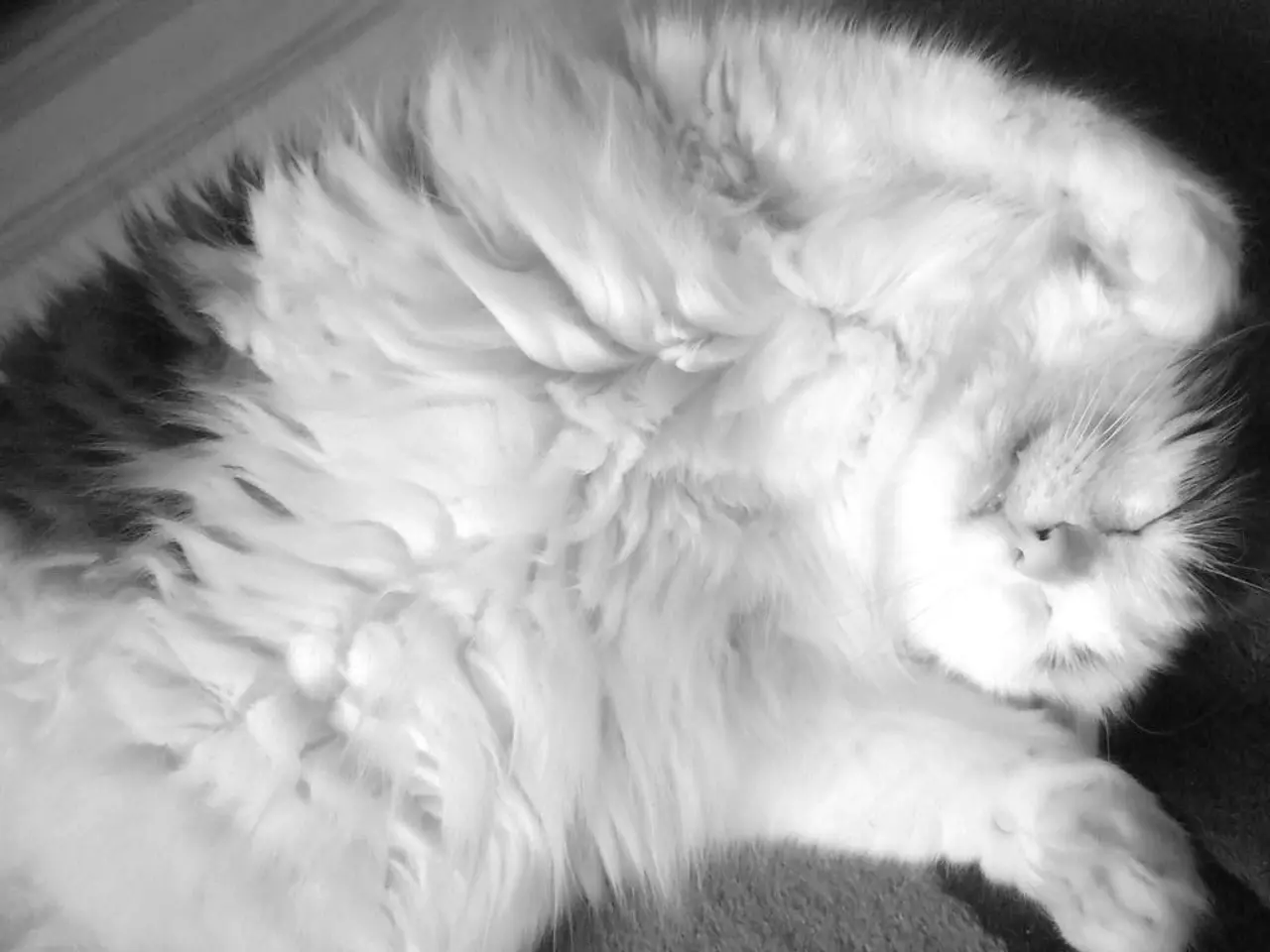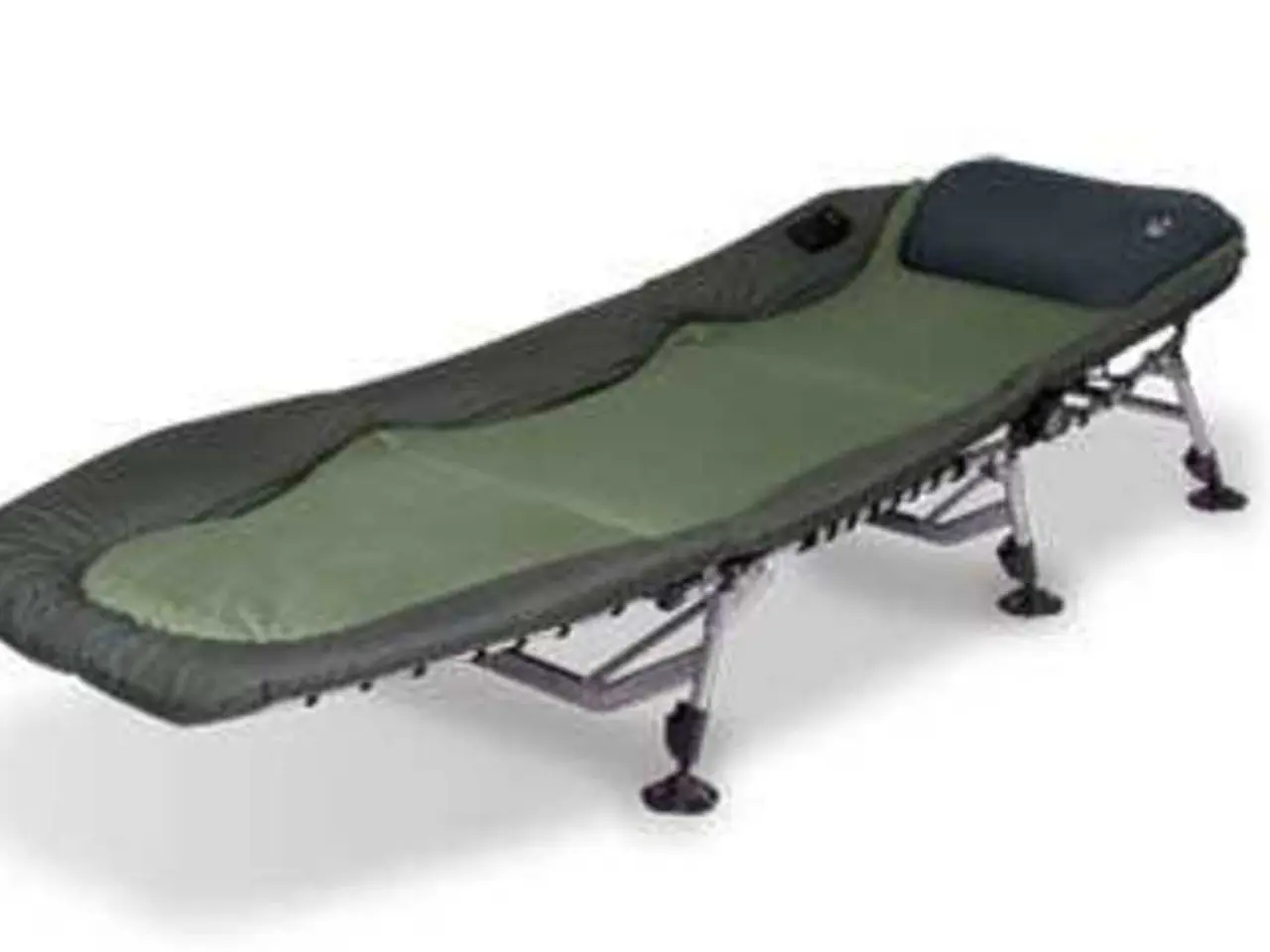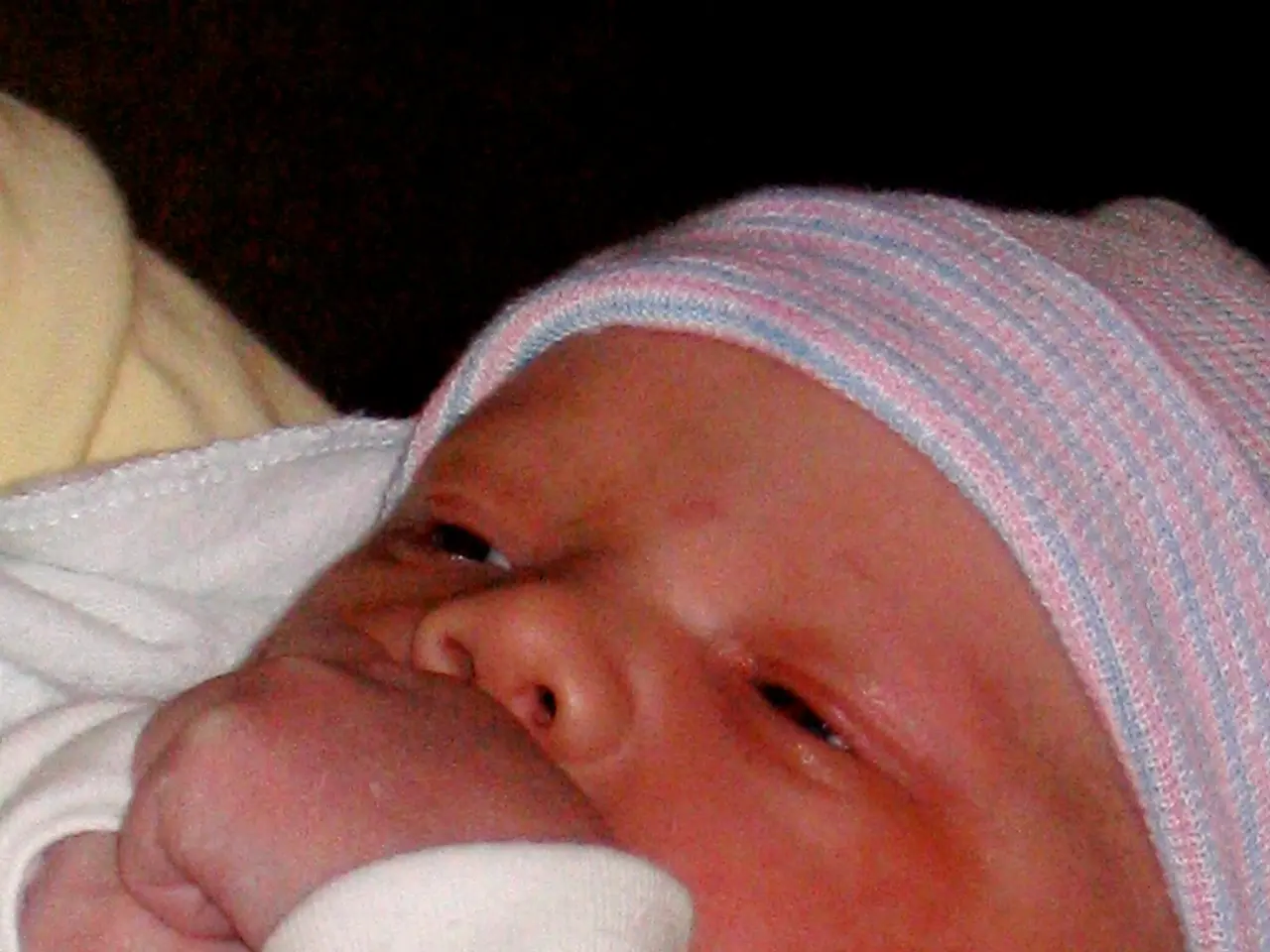Determining When to End Overnight Bottle Feeds for Infants
The dream feed, a feeding given to a baby while they are still mostly asleep, usually between 10 p.m. and midnight, can be a useful tool for extending a baby's sleep. However, as babies grow and their sleep patterns change, the need for dream feeds may diminish. Here's a guide to help parents decide when it's time to stop the dream feed.
The dream feed is most beneficial for young babies who still need extra night calories but are starting to sleep longer stretches. By about 6 to 7 months, many babies are capable of sleeping through the night without needing a feed, as night feedings often shift from nutritional need to habit. Between 7-8 months, most babies need just one feeding overnight or none at all, and by 9 months, many have stopped night feedings completely.
Babies who are gaining weight well and eating adequately during the day may no longer require night feeds for nutrition. Ensuring full feeds during the day and possibly cluster feeding before bedtime helps reduce hunger at night. If your baby is waking at night out of habit rather than hunger, it is a sign you can begin gently reducing or eliminating night feeds, including dream feeds.
Dream feeds can sometimes interrupt a baby’s natural sleep cycle, leading to early morning wakes, so if a baby is waking at 2 AM regardless of the dream feed, dropping it might improve long-term sleep. If you're ready to stop the dream feed, doing it gradually can make the transition smoother. Start by shifting the feed to an earlier time and then reducing the amount given. Paying close attention to what happens after the dream feed can help determine if it's time to stop the feed.
If your baby wakes more often after the dream feed, it could indicate that the feed is causing more wake-ups instead of helping sleep. One sign it's time to drop the dream feed is if the baby stays mostly asleep and doesn't latch well or only sucks for a few minutes. Another sign it's time to drop the dream feed is if the baby still wakes up in the middle of the night, even after a dream feed.
It's important to remember that every baby is different, and adjustments should be made based on individual cues and pediatric advice. If you stop the dream feed, you may need to fit in more milk during the day, and your baby might eat better during the day. Over time, as a baby gets older and starts eating more during the day, the dream feed becomes less useful.
In summary, stopping the dream feed is appropriate once your baby is physically capable of sleeping longer stretches without needing nutrition at night, is gaining weight well with sufficient day feeds, and night waking appears driven by habit or sleep associations rather than hunger. This typically happens between 6 and 9 months, but every baby is unique, so adjustments should be made based on individual cues and pediatric advice. Keeping the bedtime routine steady can help your baby feel secure during the changes.
- The dream feed, which is beneficial for young babies who need extra night calories while starting to sleep longer stretches, may no longer be necessary as they grow and become capable of sleeping through the night without feedings.
- If your baby is consistently waking up in the middle of the night despite a dream feed, it may be a sign that the dream feed is no longer essential, as the baby might be waking due to habit or sleep associations rather than hunger.




